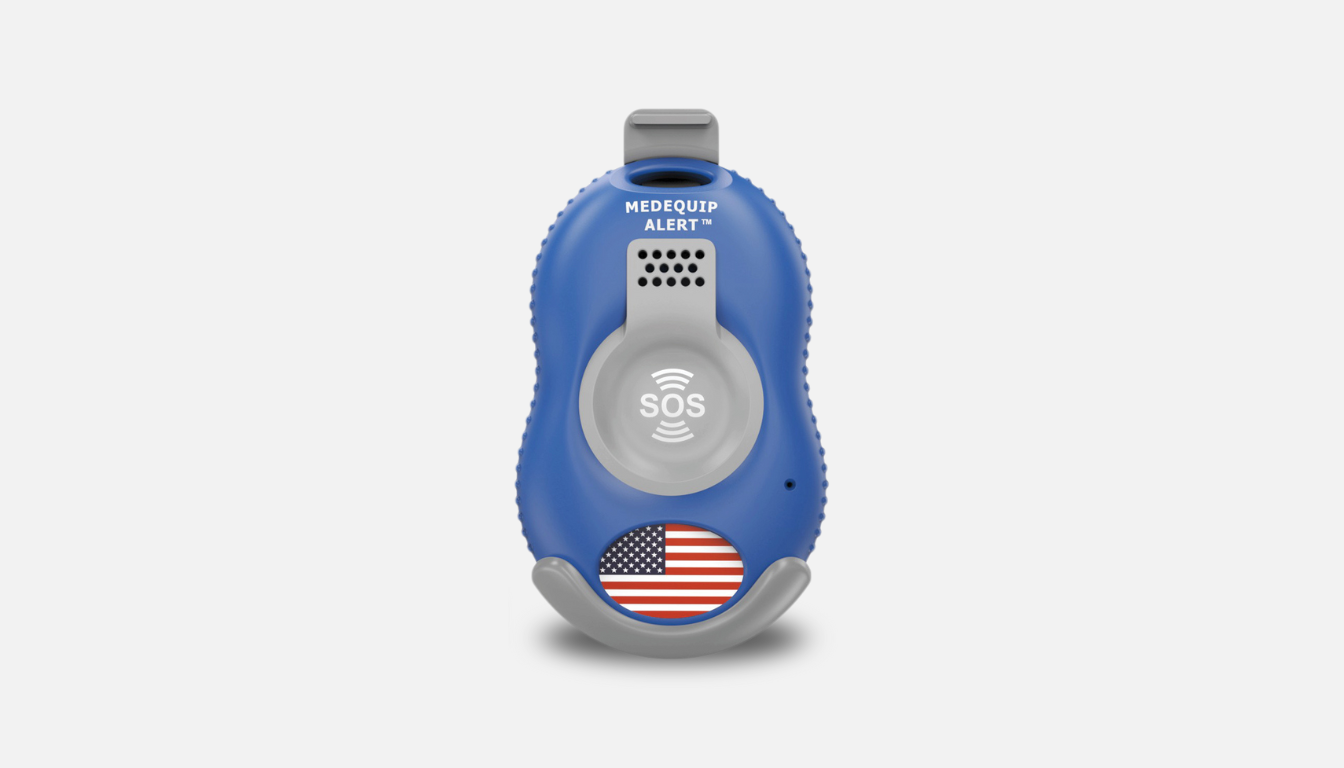
The Lifesaving Importance of Medical Alert Devices for the Elderly
As people age, the risks to their health and safety can increase significantly. From chronic illnesses and medication management t...

Seniorcenters.com is a free resource helping seniors and senior centers across America. Learn about our editorial processes.
Lisbon, Portugal’s charming capital, is a city filled with history, culture, and stunning views. For seniors, it offers a unique experience—one that can be both relaxing and adventurous, without the hustle and bustle found in other major European cities. Whether you’re wondering about the safest neighborhoods, accessible routes to Porto, or the best time to visit, this guide will help you plan a trip to Lisbon with ease.
Safety is always a top priority, especially for seniors exploring new places. Lisbon is widely regarded as a safe city, with a low crime rate compared to other European capitals. While walking its beautiful streets, you’ll find locals to be warm and friendly. However, like any major tourist destination, petty crimes such as pickpocketing can occur, especially in busy areas like the tram lines or popular squares. Being mindful of your belongings in crowded places will keep your trip worry-free. Lisbon’s well-lit streets and welcoming atmosphere make it a comfortable city for older travelers.
For seniors, staying in neighborhoods with flat terrain, close access to public transport, and a peaceful environment is ideal. Here are the top neighborhoods to consider:
While Lisbon is known for its hills, the city has taken great strides in improving accessibility. The public transport system, including trams and buses, offers options for those with mobility concerns. Low-floor buses and accessible metro stations allow seniors to navigate the city with relative ease. Lisbon’s tram system is iconic, but not all trams are accessible—Tram 15 is the best option for a smooth, accessible ride that takes you through some of Lisbon’s most scenic areas. Many of Lisbon’s popular attractions are also equipped for visitors with limited mobility. The Calouste Gulbenkian Museum, for example, is fully accessible, and the Lisbon Oceanarium in the modern district of Parque das Nações is a flat, step-free environment that’s perfect for a relaxed day out.
Lisbon’s walkability is a common concern for seniors, especially with the city’s reputation for steep hills and narrow cobblestone streets. Fortunately, there are many areas where you can enjoy a pleasant stroll without climbing hills. Baixa and Avenida da Liberdade offer flat terrain, making them ideal for leisurely walks. Belém is another fantastic choice, with its flat riverside paths and stunning views of the Tagus River. On the other hand, neighborhoods like Alfama and Bairro Alto are charming but challenging, with steep inclines and steps that might be better explored by tram or taxi.
If you’re considering a day trip or onward journey to Porto, Lisbon’s train system offers an accessible and scenic way to travel. Trains from Lisbon’s Santa Apolónia or Oriente Station are equipped with accessible seating, making them a comfortable option for seniors. The journey takes about 2.5 to 3 hours and offers stunning views of the Portuguese countryside along the way. Porto itself is a hilly city, but its riverside areas and accessible trams make it manageable for seniors.
A short trip from Lisbon, Sintra is just 30 kilometers (about 19 miles) away and offers a magical experience with its palaces and lush landscapes. It’s easily accessible by train, with regular departures from Rossio Station in central Lisbon. While Sintra is known for its hills, you can explore the town with minimal walking by using tuk-tuks or buses, which will take you to the most famous sites, such as the Pena Palace and the Moorish Castle.
For seniors traveling with family, a few neighborhoods offer space and comfort:
If you have just two days in Lisbon, you can still experience much of what the city has to offer. On your first day, explore Baixa and Chiado, where you’ll find Praça do Comércio, the Santa Justa Lift, and many charming shops and cafes. From there, make your way to Belém to visit the Jerónimos Monastery and the Belém Tower, two of Lisbon’s most famous landmarks. Day two can be spent in Parque das Nações, with a visit to the Lisbon Oceanarium, followed by a relaxed afternoon ride on Tram 15, which is both scenic and accessible. This itinerary allows you to see a range of Lisbon’s highlights without overexerting yourself.
| Month | Day Temp (°C) | Day Temp (°F) | Night Temp (°C) | Night Temp (°F) | Rain (mm) | What to Wear |
|---|---|---|---|---|---|---|
| January | 12-15 | 54-59 | 8-10 | 46-50 | 100 | Light jacket, sweater, scarf |
| February | 13-16 | 55-61 | 8-11 | 46-52 | 80 | Sweater, light coat |
| March | 15-18 | 59-64 | 10-13 | 50-55 | 60 | Light layers, jacket |
| April | 17-20 | 63-68 | 11-14 | 52-57 | 65 | Long sleeves, light jacket |
| May | 20-23 | 68-73 | 14-17 | 57-63 | 40 | T-shirt, light jacket |
| June | 23-26 | 73-79 | 16-19 | 61-66 | 20 | T-shirt, hat, sunscreen |
| July | 26-30 | 79-86 | 18-22 | 64-72 | 5 | Summer clothes, sunscreen |
| August | 26-30 | 79-86 | 18-22 | 64-72 | 5 | Summer clothes, hat |
| September | 24-28 | 75-82 | 17-20 | 63-68 | 30 | Light layers, t-shirt |
| October | 20-24 | 68-75 | 15-18 | 59-64 | 60 | Light jacket, sweater |
| November | 16-19 | 61-66 | 12-14 | 54-57 | 90 | Coat, warm layers |
| December | 13-16 | 55-61 | 9-11 | 48-52 | 100 | Sweater, jacket, scarf |
No results available
Browse thousands of Senior Centers from around America. Senior Centers are an integral part of society and are the center of life for many seniors and aging adults.
Find a Senior Center which fits your needs using our search feature and keep up to date on all the latest news.
Click the icon to Ask Anything!
Advertisers are not endorsed by SeniorCenters.com or any senior center listed.
This site is not endorsed by or affiliated with any senior center or organization listed.
Just one helpful email per month – no clutter, just value.